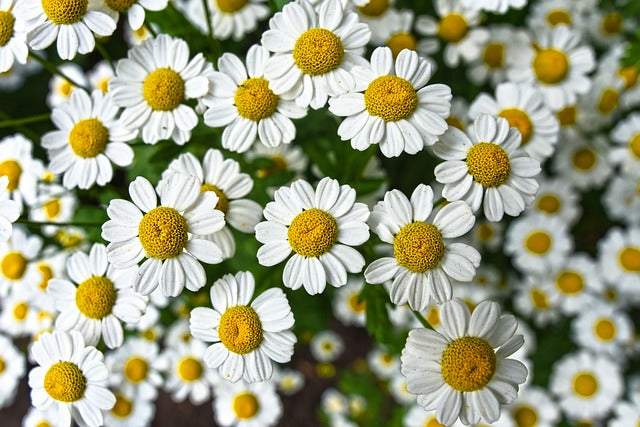
Dive Into the World of Herbal Tisanes & Fruit Infusions
Michele LillieIn our Tea Primer post, I discussed teas that are made from the leaves of the tea plant, Camellia Sinensis. I mentioned that herbal and fruit teas are not made from that plant and so, are not true “tea.” For those of you are saying, “Then, what have I been drinking?”, this post is for you.
Rather than coming from the leaves of the Camellia Sinensis plant, these teas come from many different herbs, fruits or a combination. Because of that, they are more properly called infusions or tisanes. We call them tea only because they are brewed in the same manner as real tea.
Although there are many differences between herbal/fruit teas and real tea, perhaps the most significant is the absence of caffeine. All beverages made from the leaves of the tea plant will contain some caffeine although it may vary in amount. (More about that in a future post.) In contrast, most herbal/fruit teas are caffeine-free. There are some exceptions, though, of which you should be aware.
Among the herbs that do contain caffeine are the following.
- Yerba Mate – a plant native to South America.
- Guaraná – also known as Brazilian cocoa. The seeds of this plant are said to have the highest caffeine content of any plant.
- Yaupon Holly – a plant that was historically used by Native Americans for purification and ceremonial purposes.
- Cola nut – this is cultivated in Africa and Central/South America and is mostly used as a caffeine-containing extract for flavoring foods and cola beverages.
- Cacao – although the level is very low, chocolate does contain caffeine.

Some examples of single-herb teas are Peppermint and Chamomile. One of our most popular herbal teas, Tranquility, is a blend of chamomile, lemongrass, lemon verbena and spearmint.
You will rarely find fruit teas that are made of only a single fruit. Typically, the tea blenders will use a combination of fruits to get the taste they want. An example is our Cloud Catcher. Its main flavor profile is that of cherry and coconut but the actual fruits used in it are apples, kiwi, cherries, cranberries and coconut.

Probably the most common type of fruit and/or herbal tea is composed of both herbs and fruits. In this case, a popular herb used is Rooibos (and its cousin, Honeybush). Rooibos is not a typical herb in the way we think of herbs. Rather, it is a plant that is native to South Africa and is a member of the legume family. After harvesting, just like with the leaves of the tea plant, it may or may not undergo oxidation. If it does, it will be reddish and have a sweet, smoky and woodsy flavor. In the 1990s, green rooibos was created. Just as with green tea, the oxidation process is not allowed to happen. Its flavor is a bit grassier with mineral-like notes.
There are a couple of reasons that rooibos is so popular in making herbal teas.
- Antioxidants – Rooibos has similar healthy antioxidants as are found in real tea, with the green version having higher levels than the red.
- Body – There is a concept in tea drinking called “body”. Another word is “mouth feel”. This is the sensation of thickness or viscosity in your mouth when drinking tea. For example, drinking cream feels much thicker than drinking skim milk. Real teas have body although they may vary from light to full. Most herbal and fruit teas have very little body. Adding rooibos to the mix gives those herbal/fruit teas more body.
We carry a myriad of rooibos-based herbal/fruit teas with all sorts of flavor profiles. From our After 7 with a chocolate mint flavor to our Arabian Nights with a fig/honey taste to our very popular Carrot Cake, there is something for everyone!